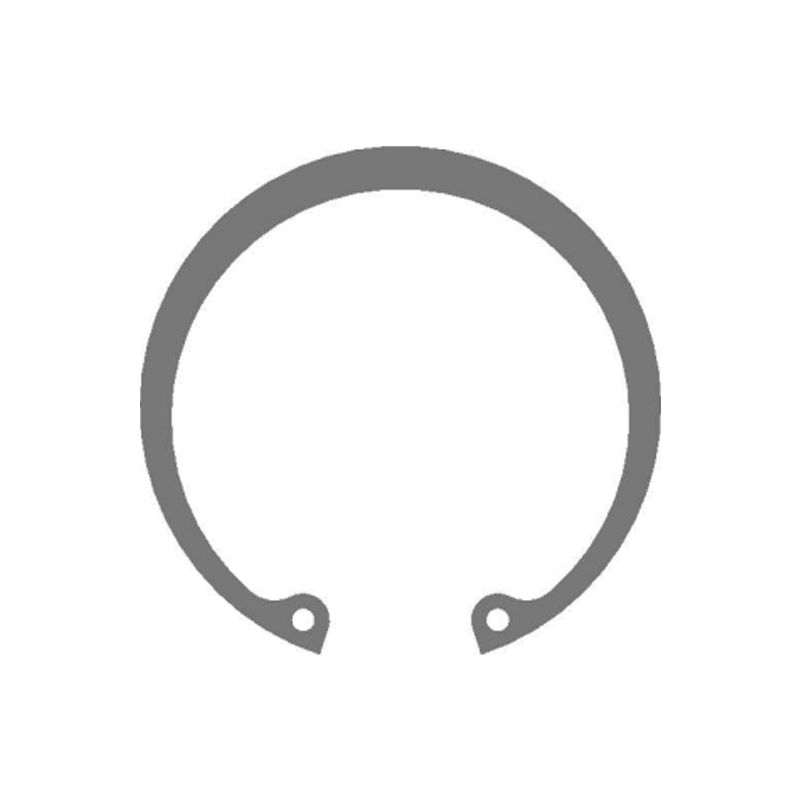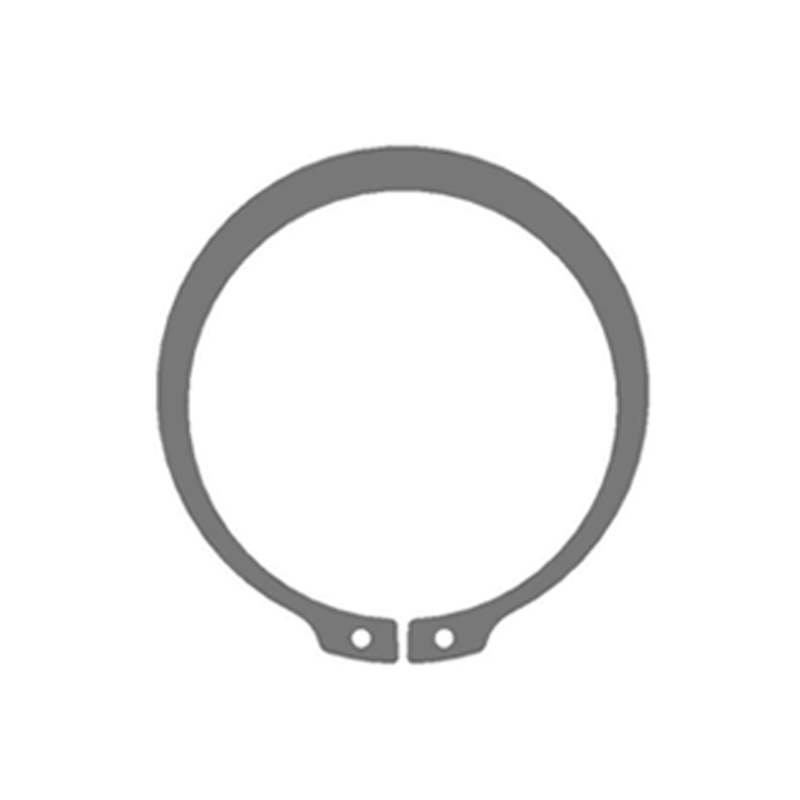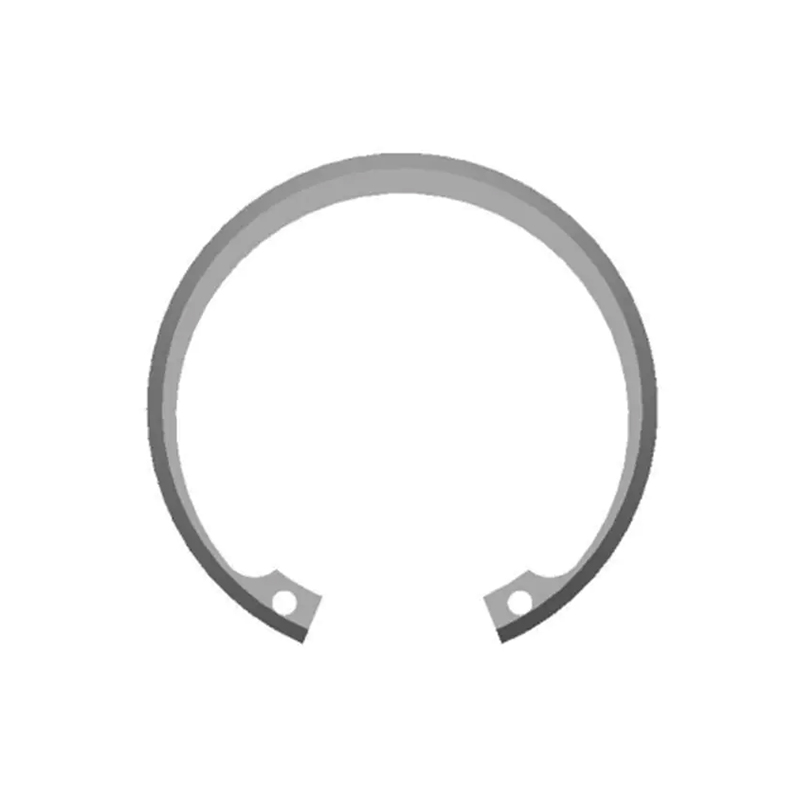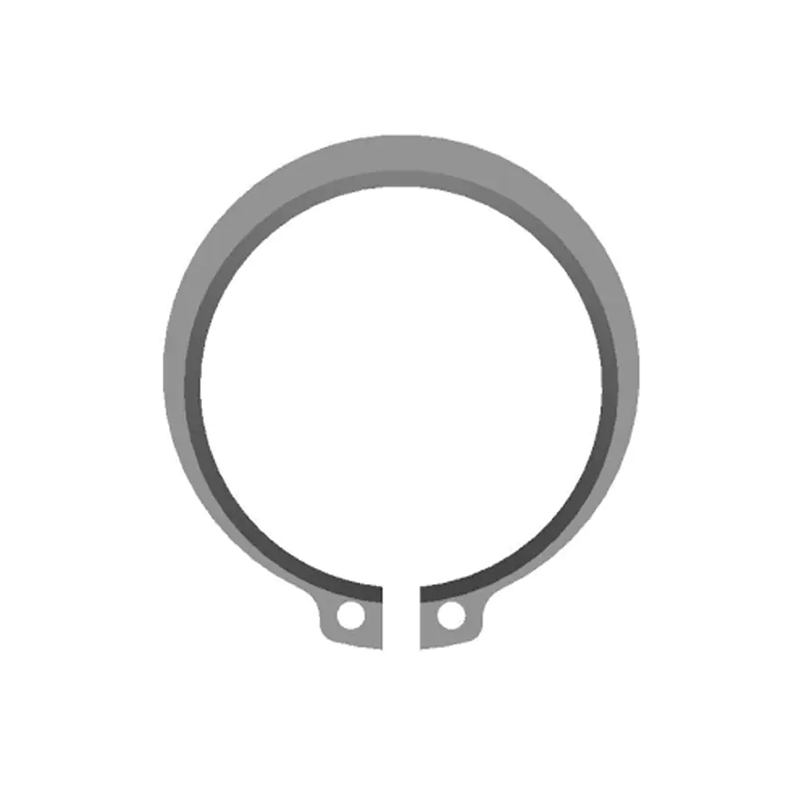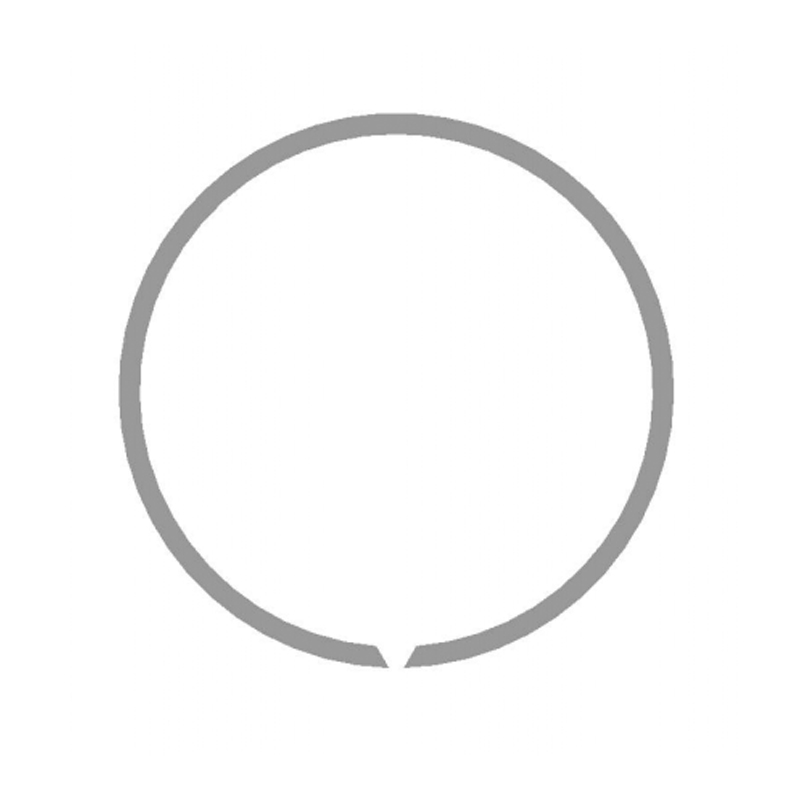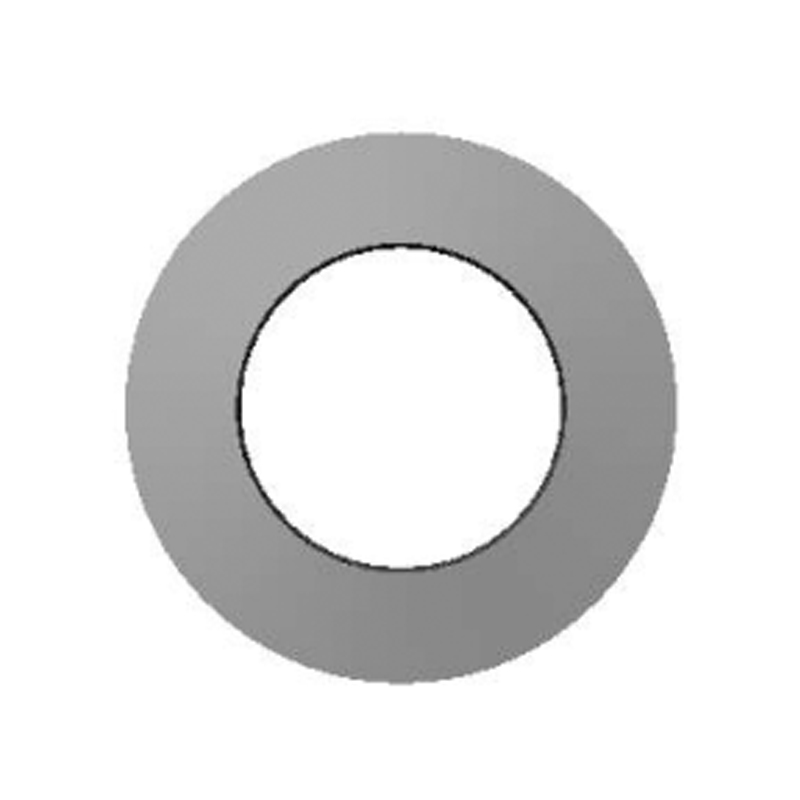External circlips, also known as retaining rings or snap rings, are essential mechanical components designed to securely hold assemblies in place on shafts or rods, preventing axial movement of bearings, gears, or other components. Their design is highly specialized, combining simplicity with mechanical efficiency to ensure reliable performance under varying operating conditions. Understanding the key design features that enable external circlips to perform effectively is critical for engineers, designers, and maintenance professionals.
Shape and Cross-Section
The fundamental feature of an external circlip is its C-shaped or ring-shaped design, which allows the clip to expand and snap over a shaft or rod. The open-ended shape provides flexibility, enabling the circlip to fit snugly around the shaft while exerting inward spring tension. The cross-sectional shape—often rectangular, round, or tapered—affects the load distribution, strength, and resistance to deformation. A carefully designed cross-section ensures that the circlip maintains a tight grip on the shaft without excessive stress that could cause fatigue or premature failure.

Material and Elasticity
External circlips are typically made from spring steel or high-strength alloys that provide both flexibility and durability. The material’s elasticity is crucial: it allows the circlip to expand during installation and contract to its original shape once in place, generating the clamping force necessary to retain components. Stainless steel variants are often used for corrosion resistance in harsh or humid environments, while coated or plated options can provide additional protection against wear and oxidation. The combination of material selection and heat treatment ensures that the circlip can withstand repeated installation, vibration, and operational stresses without losing its mechanical integrity.
Chamfered or Beveled Edges
Many external circlips feature chamfered or beveled edges at the ends of the ring. This design facilitates easier installation by guiding the circlip onto the groove of the shaft without snagging or damaging either the clip or the shaft. Chamfered edges also help reduce stress concentrations, preventing cracks or deformation during operation, which is especially important in high-speed rotating applications or under repeated load cycles.
Groove Compatibility
External circlips are designed to fit into precisely machined grooves on shafts or rods. The groove dimensions—including width, depth, and diameter—are standardized according to engineering specifications such as ISO or DIN standards. A properly sized groove ensures that the circlip sits securely in place while allowing sufficient elastic deformation during installation. This groove compatibility is essential to prevent axial movement of mounted components, even under dynamic loads or vibration.
Spring Tension and Retention Force
The spring tension of an external circlip is a key design feature that determines how securely it holds components in position. The combination of material elasticity, cross-section, and diameter allows the circlip to exert a consistent radial force against the groove walls, ensuring reliable retention. Properly designed spring tension prevents the circlip from slipping, bending, or dislodging, even in high-load or high-vibration environments.
End Features for Tool Engagement
Most external circlips include small holes or notches at the ends to accommodate pliers or installation tools. These features simplify assembly and disassembly, allowing the clip to expand and contract safely without excessive force. Tool engagement points are particularly important in industrial settings where frequent maintenance or replacement is required, enhancing efficiency while reducing the risk of damage.
Conclusion
The key design features of external circlips that allow them to securely fit onto shafts or rods include:
- C-shaped or ring-shaped design with a carefully engineered cross-section for strength and stress distribution.
- High-elasticity materials such as spring steel, stainless steel, or alloy steels for flexibility and durability.
- Chamfered or beveled edges for smooth installation and reduced stress concentrations.
- Precision groove compatibility to ensure a stable fit and prevent axial movement.
- Controlled spring tension to maintain retention under dynamic loads and vibration.
- End features like holes or notches for safe and efficient tool engagement.
Together, these design elements make external circlips a simple yet highly effective solution for axial retention in mechanical assemblies, supporting a wide range of applications from automotive and industrial machinery to consumer electronics and precision instruments. Proper selection, installation, and maintenance of circlips are critical to ensuring the reliability and longevity of the entire assembly.




